TCL P7K review: big screen, big value
Big screen for not-big money? TCL is onto a winner

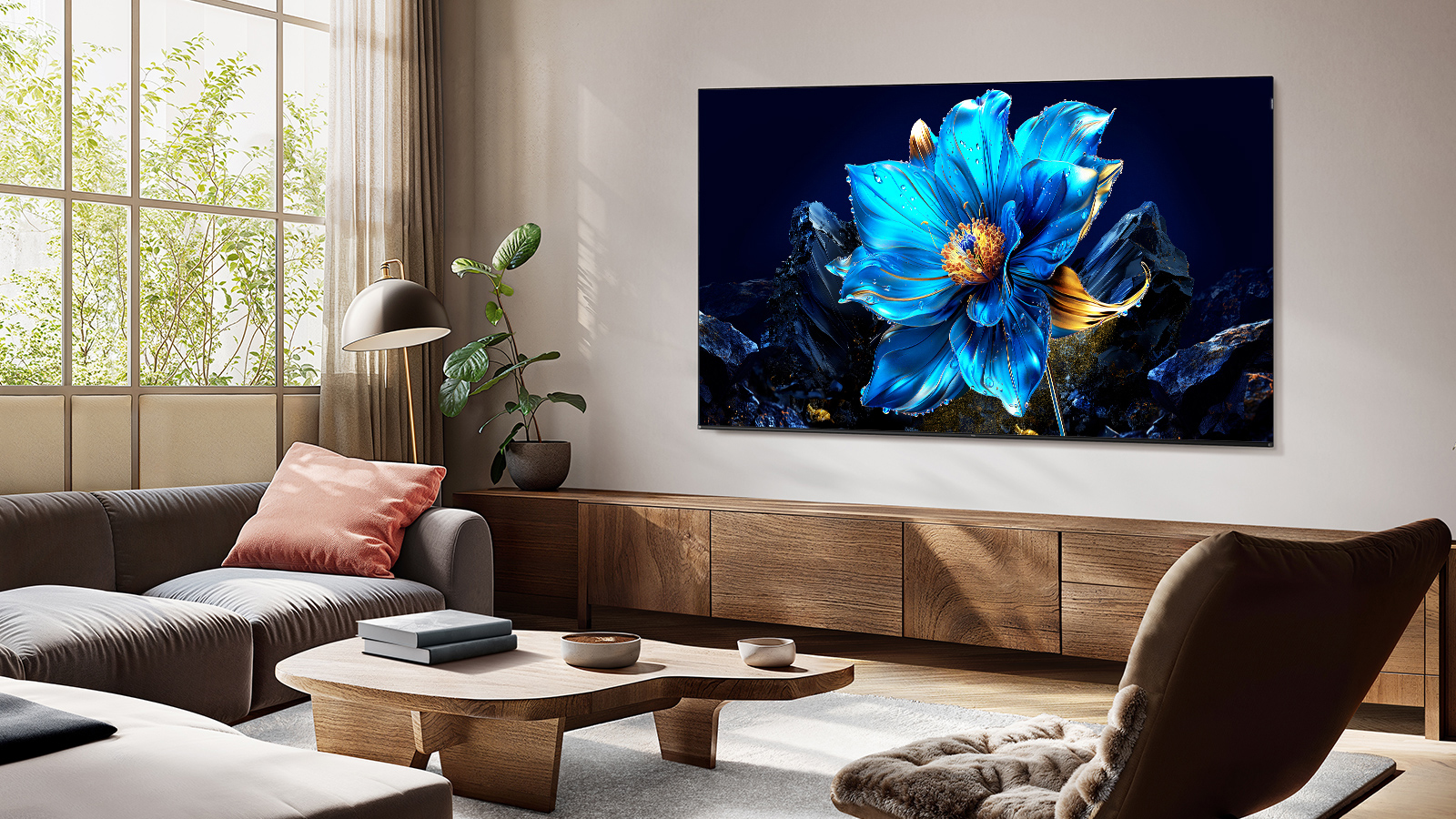
If you absolutely have to buy the biggest 4K HDR TV that not a huge amount of money will get you, the TCL P7K has plenty going for it. Its connectivity is good, its control options are decent, and its smart TV interface is comprehensive. It’s capable of high-contrast, detailed and colourful images, too.
-
+
Detailed, nicely colour-balanced images
-
+
Full high dynamic range (HDR) support
-
+
Well-implemented control options
-
+
Good standard of build and finish
-
-
Images can be noisy and short of black detail
-
-
Variable motion control
-
-
Some upscaling struggles
-
-
Boneless sound
Why you can trust T3

TCL may have lately been shaking things up at more elevated price-points (and putting the frighteners on some venerable market leaders as it does so), but the Chinese specialist has not abandoned its roots.
It won its prominence thanks to some over-specified, under-priced TVs – see the 2025 range breakdown here – that brought more than a hint of high-end performance into the heart of the mainstream, aiming squarely at being the best TV for under £1000.
And that’s where the P7K range comes in. The 65-inch version on review here is impressively specified, and doubly so when you consider the relatively modest amount of money the company is asking. So it can’t fail to represent value for money – can it?
Price & Availability
The TCL 65P7K 4K QLED TV is on sale now, and in the United Kingdom you should absolutely pay no more than £599 – in fact, you should be aiming for more like £549.
In the United States the P7K doesn't exist, as such, with the closest (higher-specified) QM7K selling for a maximum of $799. In Australia, meanwhile, you shouldn’t spend more than AU$899.
Even for a brand with TCL’s value-for-money reputation, this is very little money for quite a lot of TV. So which is it – bargain or false economy? And how does it compare to the (slightly) more expensive P8K we reviewed earlier in 2025?
Features & What's New?
Even by TCL’s established standards, the P7K is an awful lot of television for the money. It’s specified like a rather more expensive product.
Get all the latest news, reviews, deals and buying guides on gorgeous tech, home and active products from the T3 experts
Obviously, this is a native 4K panel – it’s an HVA LCD type, in fact, one that uses full-array (FALD as some know it, or, as TCL prefers, ‘direct’) backlighting.
TCL has combined QLED technology with something it’s calling ‘colorful quantum crystals’ (which turns out to be nanoscale quantum dot materials along with organic materials, in multiple layers) in an effort to extract high light-efficiency and as wide a colour gamut as possible.
The panel is compatible with all the high dynamic range (HDR) standards – that's HLG, HDR10+ and Dolby Vision HDR – with the last of those available in both ‘Bright’ and ‘Dark’ variations.
That, it hardly needs stating, is a wider compatibility than you get with quite a few more ‘premium’ brands that would like to part you from quite a lot more money for a more ‘premium’ product. Whatever content you put into the TCL, from whatever source, you can be sure it’s compatible with whatever the HDR standard it’s mastered in.
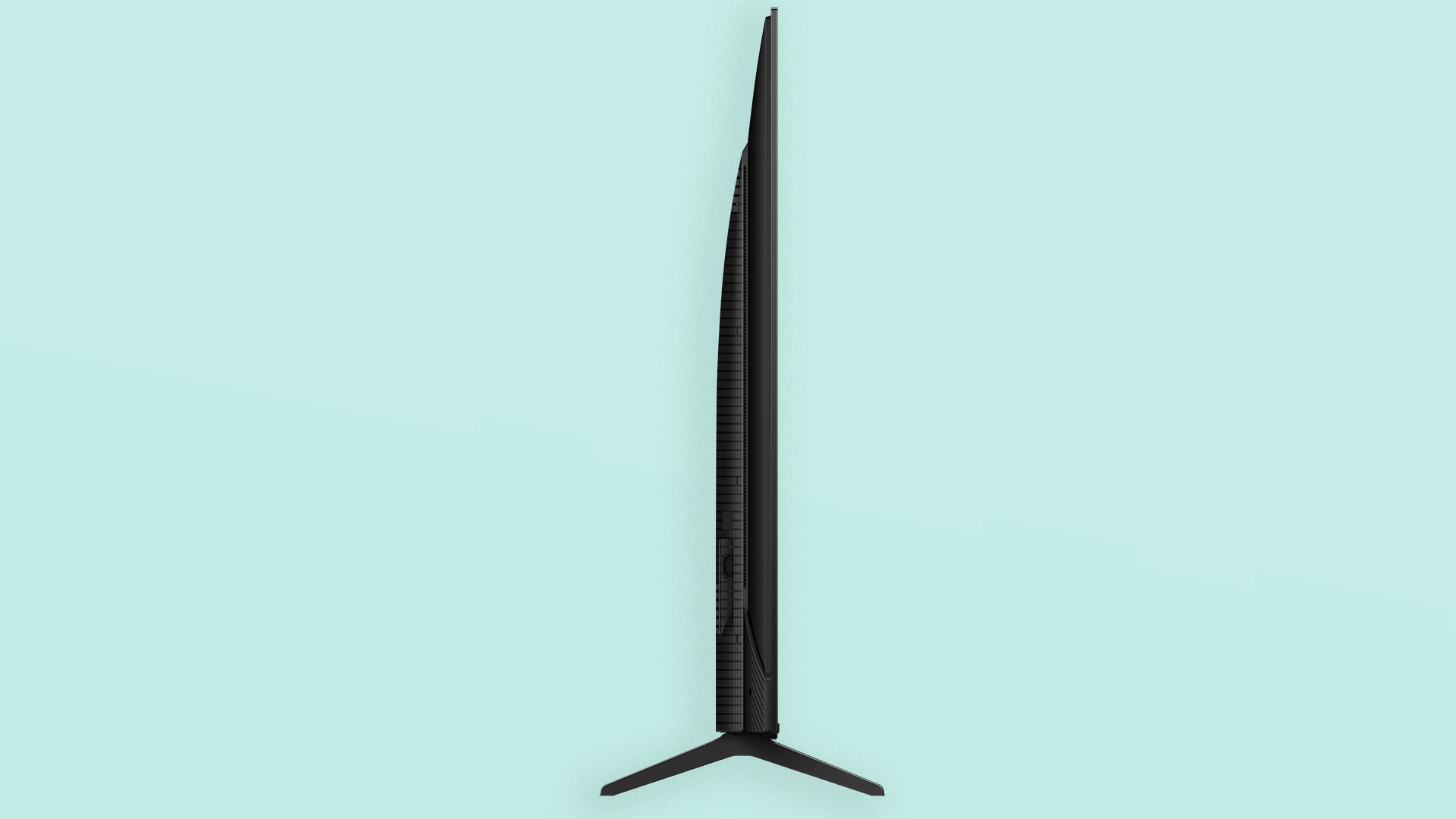
The P7K invests a fair amount of processing power in bringing you its images. Under the control of a scaled-back version of the ‘AiPQ’ processing engine fitted to the P8K, TCL has gone all-in where ‘AI’ is concerned.
For instance, ‘AI Clarity’ analyses images in real time in an effort to minimise picture noise and offer worthwhile upscaling. ‘AI Color’ wants to optimise colour volume, saturation and contrast on the fly. ‘AI Motion’, in conjunction with MEMC technology, wants to strike the perfect refresh rate for the on-screen movement in order to eradicate judder or tearing.
There is more, but the broad point – that TCL has not scrimped where picture processing is concerned, despite the relative affordability of the P7K – is surely already made. And, yes, 'AI' is a big buzzword.
Unlike the P8K’s 144Hz panel, however, the P7K is strictly a 60Hz affair – but nonetheless TCL is confident in its abilities as a gaming monitor. It has ncluded a ‘Game Bar’ which displays screen and game parameters in real-time and allows adjustments without exiting the game in order to do so.
As far as sound is concerned, it’s true the P7K can deal with Dolby Atmos content – but that’s not the same as saying it’s equipped to offer an impression of spatial audio. It forgoes the Onkyo 2.1 system of its pricier P8K sibling in favour of a two-channel audio system compromising downward-firing drivers of unspecified size, driven by 20 watts of power.
Connectivity is available via dual-band Wi-Fi or Ethernet, and there’s Bluetooth 5.4 for further wireless functionality. All three HDMI inputs are at the 2.1 standard, and one features eARC support. A digital optical input, a couple of aerial binding posts and two USB-A sockets (one v2.0, the other v3.0) complete a very acceptable line-up.
Performance
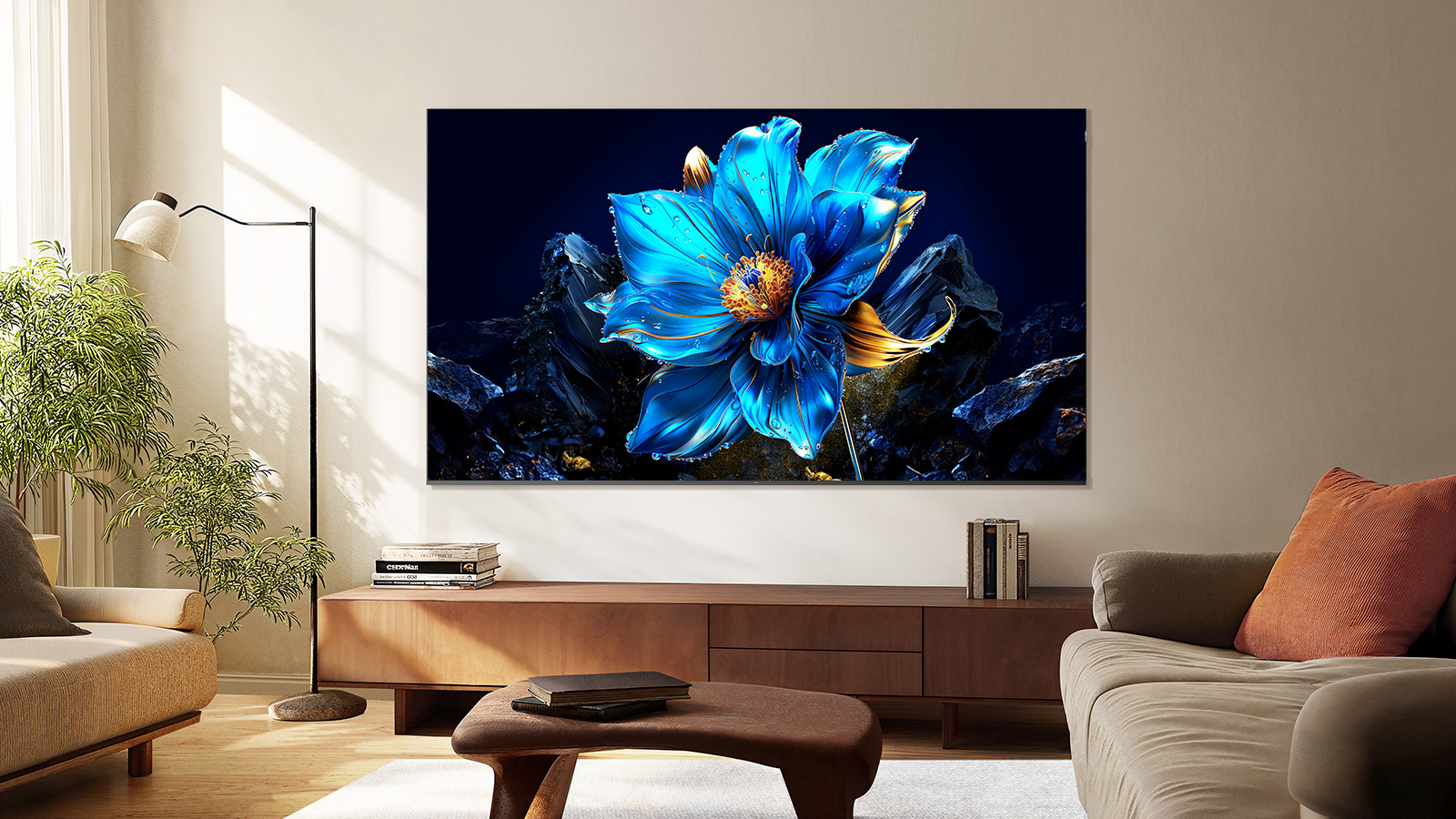
It won’t come as any kind of shock to learn a 4K HDR TV looks its best when given some 4K HDR content to work with. The P7K is at its most watchable this way – and in many ways, its best is really quite impressive.
The colour balance, for instance, is well-judged and convincing – and that’s true no matter if you’re watching the hyper-realistic Severance or the very stylised Dune.
The TCL is particularly adept with skin-tones, and the amount of fine detail it loads into complexions is replicated across most of the colour spectrum. The amount of variation and nuance available in colours is gratifying, and the fact that the screen keeps its white tones nice and clean is a big positive too.
It’s a slightly different story at the other end, though. For a backlit LCD screen, the P7K does quite impressive work in generating black tones – but it is only too willing to crush them to uniformity. There’s scant variation in black, so consequently a fairly major lack of detail. Good luck trying to discern any comb marks in Mark’s hair during Severance – it looks more like a hat.
Elsewhere, though, there’s plenty more good news. Edge definition is strong and stable, and the TCL can generate significant depth of field in those scenes that require it. Despite its fairly unimpressive 350 nits of brightness, the P7K manages to put decent distance between white and black tones, so contrast is reasonably robust.
And the screen controls its backlighting fairly well, too. The dreaded ‘white text on a black background’ can suffer from haloing, sure, and the black bars at the top and bottom of 21:9 content can be 'dirty' and/or cloudy – but overall it’s not a bad performer at all in this respect. Certainly, I’ve seen TVs costing plenty more than this that don’t have comparable authority over their own backlighting.
Motion control can be quite hit-and-miss, it’s worth noting. In most circumstances, rapid on-screen movement is gripped fairly well – but a slower pan, especially if on-screen objects are moving in opposition to the direction of the camera, can provoke shimmer and even a hint of judder at times.
There are a half a dozen options for motion control in the setup menu, but while all are useful to some degree, there doesn’t seem to be an ‘ideal in every circumstance’ setting.
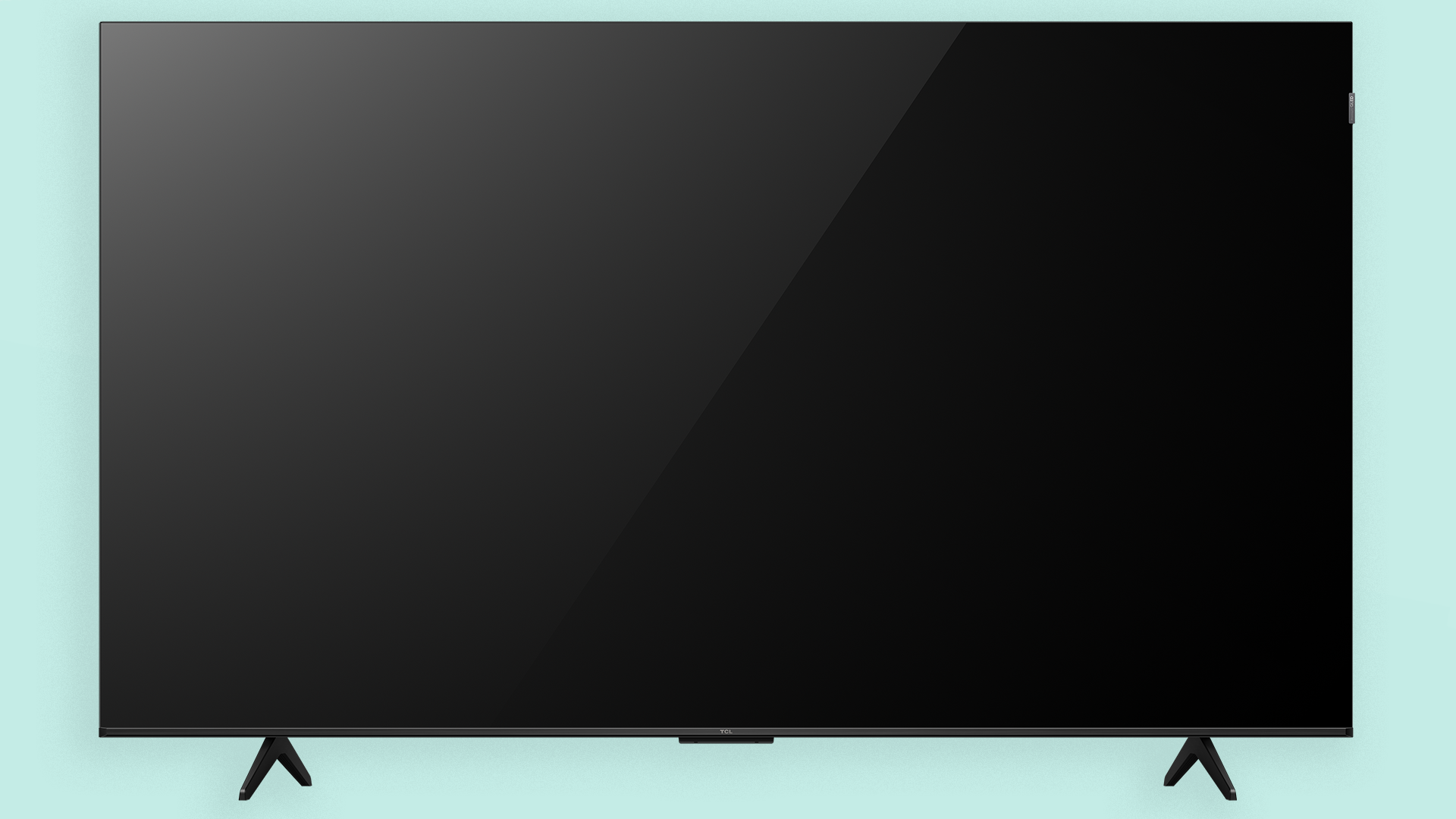
It’s worth noting the screen’s propensity to allow picture noise to creep in, too. In the most simple terms, there’s more of it than there should be – and that’s as true of the most pristine picture transfers as it is of more straightforward video (or movie) content.
As a gaming monitor, almost all of the positives already discussed apply – and the TV’s rather variable handling of on-screen motion becomes more confident when it’s displaying images from a Sony PlayStation 5. Its facility with contrasts and colour fidelity are also made apparent – as is its seeming inability to prevent black-tone crush.
As an upscaler, the P7K is a predictably mixed bag. Give it some current content from BBC iPlayer to deal with (the cringe-fest that is Diane Morgan’s Mandy, for instance) and the TCL does confident work in filling its pixel-count. Edges stay true, detail levels remain high, and the colour fidelity is still intact.
You don’t have to step down much further in terms of resolution, though, for the TV to throw in the towel somewhat – it can look simultaneously soft and edgy, motion will readily smear, and detail levels plummet.
Similarly, there are both positives and negatives to the way the TCL P7K sounds. Unlike the Onkyo-branded 35-watt 2.1 system fitted to its P8K sibling, it reads as underpowered. But when compared to some other low-output stereo audio systems fitted to profoundly affordable TVs, it’s controlled and reasonably well-balanced. There’s none of the low-frequency stress some rivals exhibit, and no audible vibration from the cabinet either.
Mind you, that’s mostly due to the fact that the P7K produces little-to-no low-end substance – everything it does, it does from the lower midrange upwards. It’s composed and actually quite well-defined at moderate volumes, but dial in more power and it doesn’t take long for the TCL to begin to sound edgy and rather shouty. It can readily sound forward and two-dimensional in these circumstances.
In short, the obvious advice is to spend money on one of the best soundbars. Even a quite modest device of a couple of hundred will represent a huge improvement over the sound this TV is capable of generating by itself. It's worth it, cinema fans.
Design & Usability
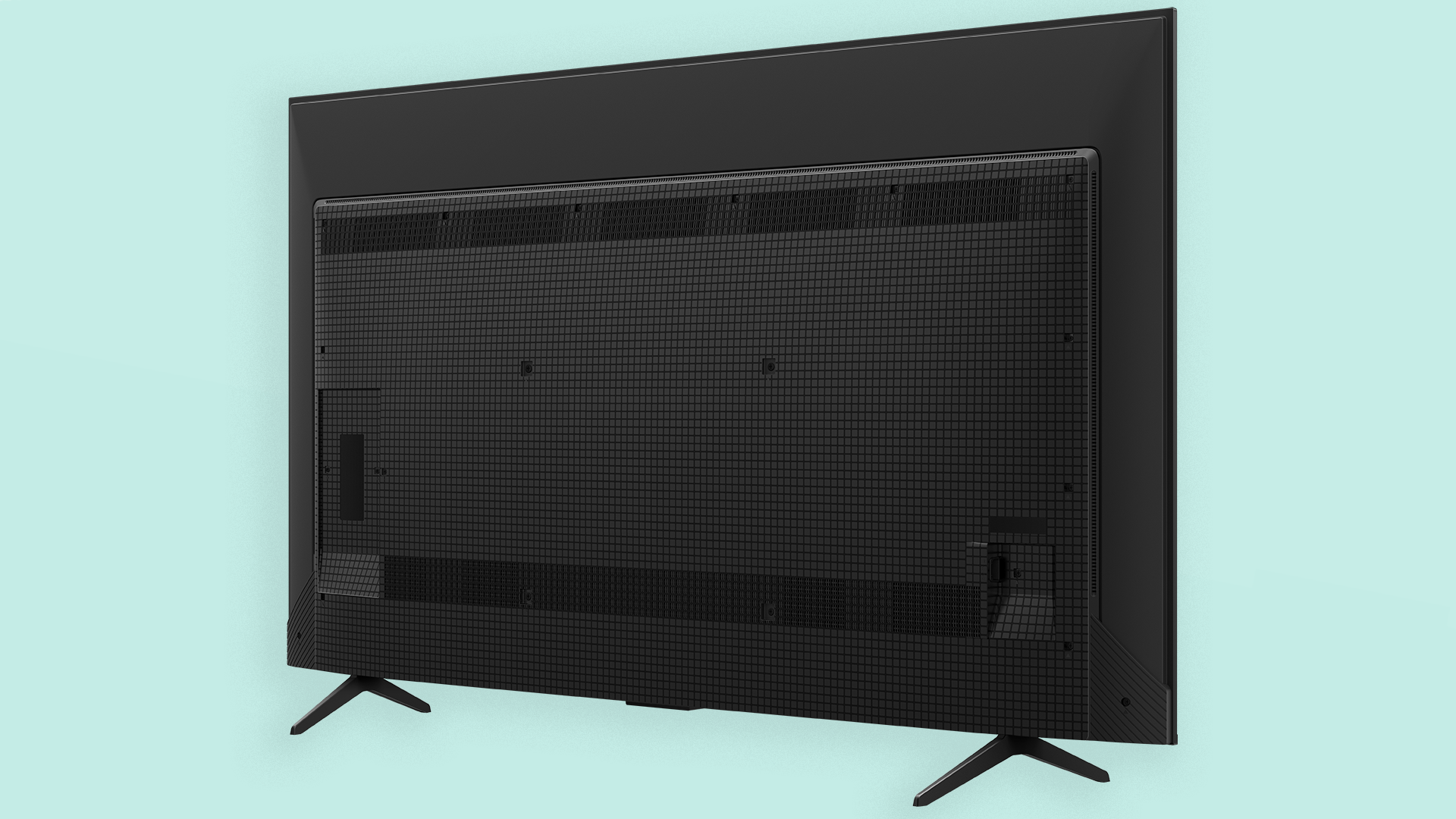
Even when you’re spending a fair bit more than TCL is asking for the P7K, it’s unlikely you’ll be buying anything that passes for ‘design’ – almost every TV is ‘constructed’ much more than it is ‘designed’. But there’s no denying the P7K is a tidy, discreet-looking TV that wears its relative bulk quite lightly.
If you intend to position it on a shelf, it’s worth noting that its simple ‘boomerang’ feet are quite near the edge of its 831 x 1444 x 70mm (HxWxD) chassis – so it will need to be a reasonably wide shelf.
Mind you, those feet increase the TV’s height to 893mm – so there will be room to position a soundbar, should you desire one (and you will desire one), without it fouling the bottom of the screen.
If it’s going to be wall-mounted, it’s VESA-compliant and weighs a very manageable 15.8kg. That 70mm depth means it may not be as flush to the wall as you might want, though.
In any event, the P7K is a neat TV, thanks in large part to the extremely slim bezels surrounding the screen. It’s properly built and carefully finished – and doesn’t look or feel like it’s been built down to a price in the slightest. The plastics that make up the majority of the chassis feel sturdy enough, and there are no creaks or groans when you’re moving it around.
As far as ‘usability’ is concerned, you have a few different options. A comprehensive, unremarkable-looking remote control handset covers pretty much every eventuality – and it has some ‘direct’ buttons for some of the best streaming services, i.e. Netflix and Prime Video. It’s responsive and reliable, and it makes navigating the brief setup menus and the Google TV smart interface straightforward.
You may prefer to use the TCL ‘Home’ control app instead, of course. It’s not the most visually stimulating app, but it does everything you might realistically require and proves very stable in use. Or there’s always voice control – Google Assistant is built in, and is swift to understand and respond.
TCL P7K review: Verdict
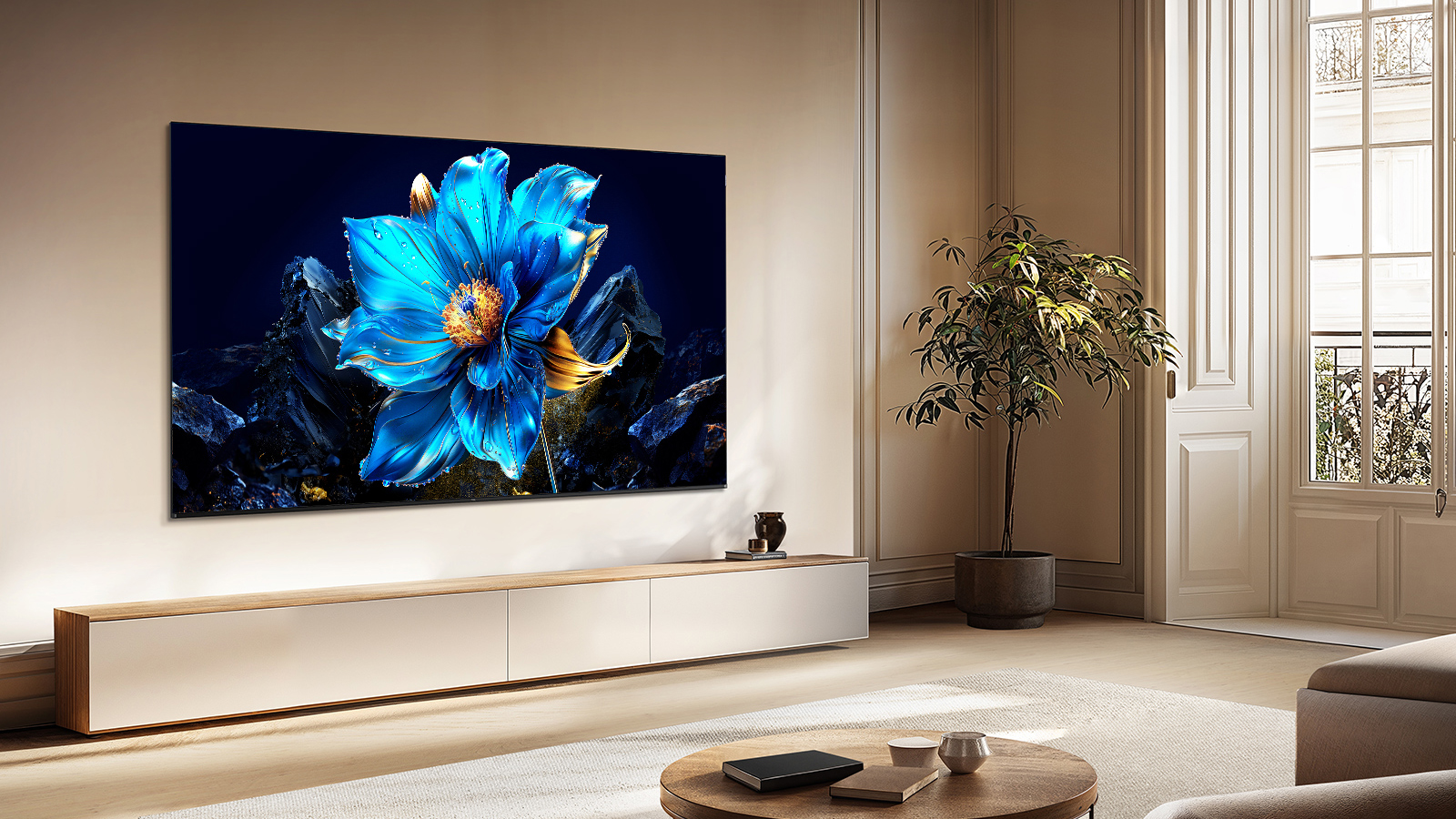
If you absolutely have to buy the biggest 4K HDR TV that not a huge amount of money will get you, the TCL P7K has plenty going for it.
Its connectivity is good, its control options are decent, and its smart TV interface is comprehensive. It’s capable of high-contrast, detailed and colourful images, too.
Nothing is perfect, of course, least of all big-yet-affordable TVs – and the P7K has its shortcomings, as highlighted.
But taken as an overall package, and as long as you’ve allowed money in your budget for a soundbar, this is as solid an option as you’ll find. An ideal buy for those seeking a big screen without spending big money.
Also consider
The new Sky Glass Air is a very solid bet (although a little more expensive than this TCL in 65-inch guise), especially if you are a big fan of Sky TV programming, and like the idea of paying for your nice new TV in instalments.
Simon Lucas is a freelance technology journalist and consultant, with particular emphasis on the audio/video aspects of home entertainment. Before embracing the carefree life of the freelancer, he was editor of What Hi-Fi? magazine and website – since then, he's written for titles such as Wired, Metro, the Guardian and Stuff, among many others. Should he find himself with a spare moment, Simon likes nothing more than publishing and then quickly deleting tweets about the state of the nation (in general), the state of Aston Villa (in particular) and the state of his partner's cat.
You must confirm your public display name before commenting
Please logout and then login again, you will then be prompted to enter your display name.
